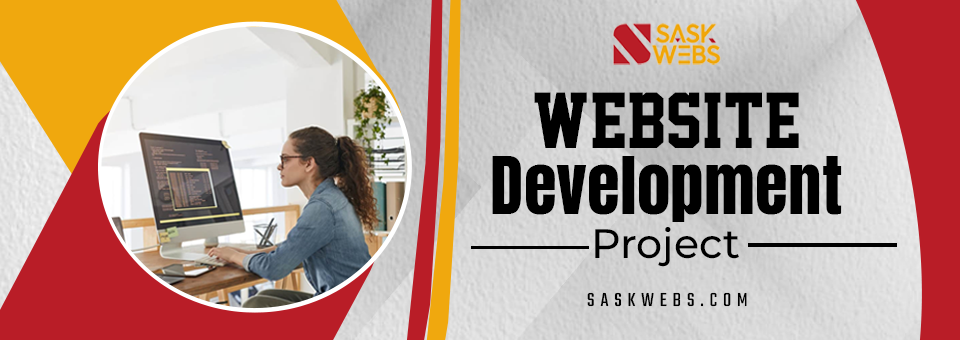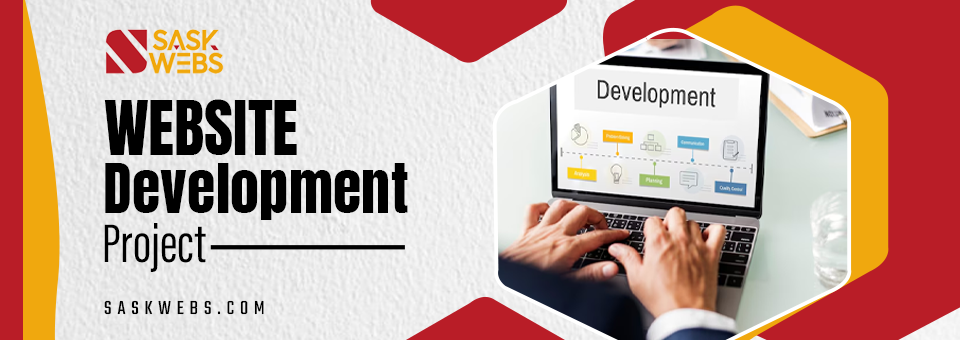
Starting a website development project is an exciting yet complex attempt. To ensure a successful outcome, it’s crucial to carefully plan and consider various factors before diving into development. Here’s a comprehensive guide to the ten key factors you should consider when starting your website development project:
1. Define Your Goals and Objectives
Before starting, clarify your website’s purpose. Are you looking to boost brand awareness, generate leads, or sell products? Defining your goals will shape the entire development process, influencing design, functionality, and content. This clarity ensures that every decision aligns with your objectives, helping you create a website that effectively meets your needs and resonates with your target audience. Understanding your goals upfront is crucial for a focused and successful development journey.
Tip: Create SMART goals (Specific, Measurable, Achievable, Relevant, Time-bound) to keep your project focused and on track.
2. Identify Your Target Audience
Understanding your target audience is crucial for effective website design and functionality. Researching their demographics, preferences, and behaviors enables you to tailor your website to better meet their needs and expectations. This targeted approach enhances user experience by making your site more relevant and engaging to visitors. By aligning your website with your audience’s interests and requirements, you can improve interaction and satisfaction, ultimately achieving better results from your online presence.
Tip: Develop user personas to visualize and understand your target audience better.
3. Choose the Right Development Approach
Choose between a website builder, a content management system (CMS), or custom development based on your needs. Website builders are great for straightforward sites with limited customization. A CMS offers flexibility and scalability, allowing for extensive customization through various plugins and themes. Custom development provides full control over design and functionality but demands more time and investment. Each option has its own set of benefits and limitations, so consider your project’s requirements and resources when making a decision.
Tip: Consider your technical skills and long-term goals when choosing the development approach.
4. Plan Your Budget
For your website development project to be successful, you must set your budget in advance. Allocate funds for key areas such as design, development, content creation, and ongoing maintenance. Be realistic about the costs involved and factor in a contingency budget to cover unforeseen expenses. Proper financial planning ensures you can address all aspects of the project without compromising quality or functionality, and helps avoid surprises that could distract your progress or exceed your budget.
Tip: Get quotes from multiple service providers to compare costs and ensure you’re getting value for money.
5. Develop a Content Strategy
Content is crucial to a website’s success. Determine the types of content needed—such as text, images, and videos—and plan how to structure it effectively. Develop a content calendar to streamline the creation and updating process, ensuring timely and organized content delivery. This approach helps maintain consistency, relevance, and engagement on your website, ultimately enhancing user experience and supporting your site’s goals.
Tip: Ensure your content is engaging, relevant, and optimized for search engines.
6. Design for User Experience (UX)

A well-designed website offers a seamless and enjoyable user experience by prioritizing intuitive navigation, clear calls to action, and responsive design. It should be user-friendly across all devices, including smartphones and tablets. Ensuring that your website is easy to navigate and functions well on various screen sizes enhances user satisfaction and engagement. By focusing on these elements, you create a positive experience that keeps visitors coming back and improves overall site performance.
Tip: Conduct user testing to gather feedback and make improvements before launching.
7. Ensure Mobile Responsiveness
Having a mobile-friendly website is crucial for the increase in the use of mobile internet. Responsive design ensures that your site adapts seamlessly to various screen sizes, providing an optimal viewing experience on all devices. This strategy improves your search engine ranks while enhancing the user experience. Ensuring your website is mobile-responsive is crucial for attracting and retaining visitors, as well as for maintaining strong performance in search engine results.
Tip: Use tools like Google’s Mobile-Friendly Test to check your website’s mobile responsiveness.
8. Plan for SEO
Search Engine Optimization (SEO) boosts your website’s visibility on search engines. Start by incorporating SEO best practices such as conducting keyword research, optimizing on-page elements like meta tags and headings, and creating high-quality content. By focusing on these strategies from the beginning, you’ll enhance your site’s search engine ranking and attract more organic traffic. Effective SEO practices ensure that your website is easily discoverable and relevant to users’ search queries.
Tip: Regularly update your SEO strategy based on performance analytics and changing search engine algorithms.
9. Consider Security and Compliance
Website security is crucial for safeguarding against threats and protecting user data. Implement measures for encrypted connections, secure login protocols to prevent unauthorized access, and regular updates to address vulnerabilities. Additionally, ensure compliance with legal regulations, such as GDPR for European users, to avoid legal issues and build trust with your audience. Prioritizing these security aspects helps maintain a safe and reliable online environment for your users.
Tip: Regularly back up your website data and stay informed about the latest security practices.
10. Plan for Maintenance and Support
Once your website is live, ongoing maintenance is crucial for its smooth operation. Schedule regular updates, perform backups, and address issues promptly to ensure optimal performance. Decide whether you will manage maintenance in-house or outsource it to a service provider. Regular monitoring and prompt troubleshooting are essential to keep your website secure, functional, and up-to-date. This proactive approach helps prevent potential problems and ensures a consistent and positive user experience.
Tip: Set up monitoring tools to track website performance and address issues promptly.
Conclusion
Starting a website development project requires careful consideration of various factors to ensure its success. By defining your goals, understanding your audience, choosing the right development approach, and planning for budget, content, UX, mobile responsiveness, SEO, security, and maintenance, you’ll be well-equipped to create a website that meets your objectives and provides a great user experience.
Saskwebs is the place where amazing design and experienced website development come together to transform your idea into an excellent online presence.






